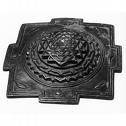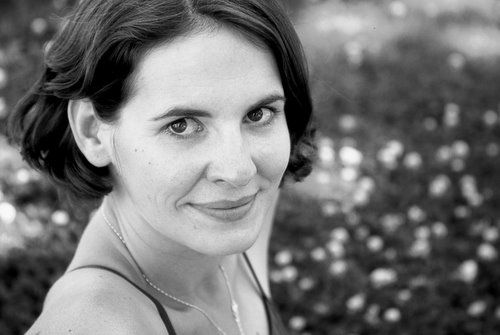
Adho Mukha Virasana on a bolster
One of the great take aways from the weekend with Geeta: detailed instructions on how to open the armpit chest. I am not quite sure, if this term is known outside of the Iyengar yoga circle: it is the front area of the armpit and the side chest. The skin of this area moves upward towards the head. Here are the instructions:
Kneel on the floor, toes together, knees apart.
Extend the torso forward, extend the arms forward.
Rest the forehead on the bolster,
Roll the inner arms towards the ceiling,
Suck the flesh of the arms to the bone,
Move the elbows further away from the shoulders
Take the outer corners of the shoulder blade towards the spine
Move the shoulder blades towards the waist.
On the front body:
- the skin of the abdomen moves towards the head,
- the lower ribs expand towards the head,
- the middle ribs move towards the floor,
- the upper ribs and collar bones move towards the head.
The armpits move towards the floor.
Stay in this asana for a while, allow the spine to lengthen, adjust the elbows and move the bolster further away, if necessary. Take your time - focus on the breathing and allow the armpit and chest to open even more!
I think, slowly I am getting, what it means to open the armpit chest. Now I just have to keep doing it.





































